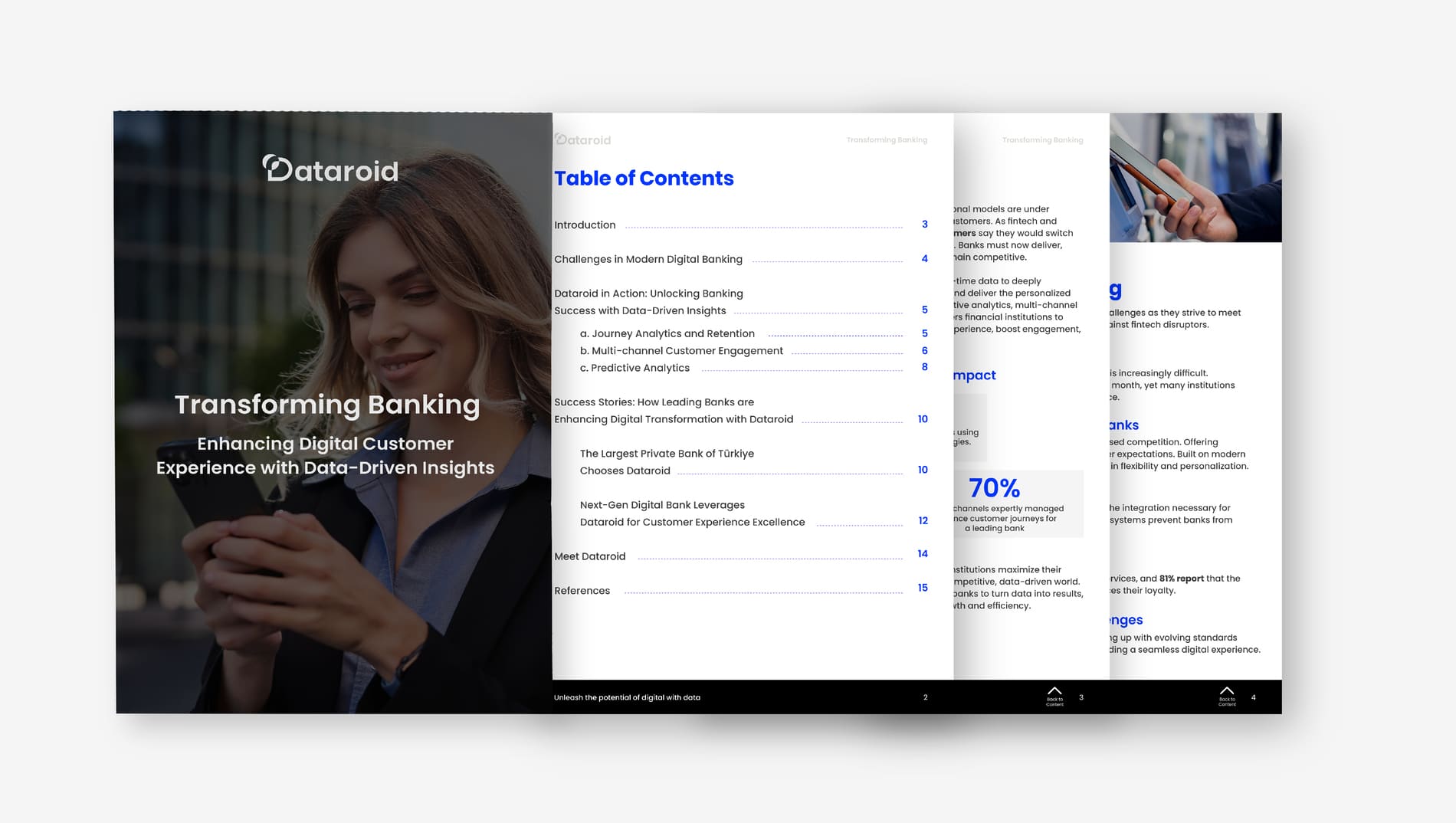What is Retention Rate and How Can You Improve It?
- Reading Time: 5 minutes
In the fast-paced world of digital apps, customer acquisition and retention has become crucial to the success of any business. Among the metrics that play a vital role in this landscape, retention rate stands out as a key indicator of customer loyalty and long-term profitability.
In this blog post, we will delve into the significance of retention rates in the digital marketing landscape, and how organizations can leverage the power of digital analytics and customer engagement platforms to achieve their retention goals.
What is Retention Rate?
Digital marketing continues to evolve rapidly, the acquisition and retention of customers are integral to the success of any company’s products or services. In order to achieve sustained growth and profitability, companies must prioritize the improvement of customer relationships, by constantly striving to increase the number of users.
Retention rate is a key metric that expresses the percentage of people who continue to use your digital service or product. This rate refers to the visits made by the users after the first contact with your company. As an example, in mobile banking, users that revisit the application after registering and performing different transactions display retention behavior.
Following this rate and making sense of the data obtained allows you to differentiate and customize both your business and digital marketing plans for several types of users.
Why Does Retention Rate Matter?
With increasing advertising costs, customer retention has become even more important. Acquiring new customers has become much more costly than retaining an old customer today, where advertised content is reflected on users’ screens as much as original content.
For this reason, it is worthwhile investing in your existing and new customers in your customer formulation using your product or service. Already, studies have found that increasing customer retention by just 5% can lead to an increase in profits of up to 25 to 95%.
Sign up to drive your business with the power of data
How is the Retention Rate Calculated?
Calculate retention rate, the number of newly acquired customers during the period is subtracted from the number of customers at the end of the period. The resulting number is then divided by the number of customers at the beginning of the period and multiplied by 100 to obtain the percentage value.
- CS = The number of customers you had at the beginning of the measurement period
- CN = The number of new customers who signed up for your product during the period
- CE = The number of customers you had at the end of the period
Retention Rate Formula = (CE-CN)/CS x 100
Relationship Between Retention Rate, Churn Rate, and LTV (Lifetime Value)
Steps to Improve Retention Rate
1. Collect user data in one place
In order to analyze user behavior effectively, it is important to gather existing channels such as websites and mobile apps, on a unified platform. Collecting user data is essential for a complete view of the customer’s digital journey. This allows for a comprehensive analysis of user behavior and enables informed decision-making to improve the digital customer experience.
2. Data analysis
To derive actionable insights from collected user data, it is essential to conduct funnel analysis utilizing the analytics dashboard. This involves evaluating the number of visitors who downloaded the application. It also involves the number of users who uninstalled it and the number of users who continue to use the application after downloading. Segmenting users based on their behavior via such analyses can provide valuable information for planning targeted campaigns.
3. Personalization marketing
Personalized push notifications, and in-app messages can enhance user experiences by tailoring campaigns to specific customer segments. By creating user profile segmentation, targeted campaigns can be created that effectively address each customer’s unique needs and interests. This will increase engagement and loyalty to the brand.
4. Leveraging advanced technologies
Leveraging advanced technologies can have a profoundly positive impact on retention rates by transforming data points into actionable customer intelligence. By utilizing advanced technologies such as churn prediction and anomaly detection with AI, companies are able to anticipate their customer’s needs and build long-term relationships with them.
Retention Strategies for Industries
In today’s competitive market, businesses in various industries understand the importance of customer retention and loyalty for sustainable growth.
For example, in the banking sector, personalized financial services, seamless digital banking experiences, and proactive customer support are crucial in fostering long-term engagement. By tailoring offerings to individual needs, leveraging advanced analytics, and implementing loyalty programs, banks can enhance customer satisfaction and encourage loyalty.
Also, a variety of strategies can be used to increase airline customer retention. Leveraging data analytics improves the overall travel experience and builds long-term loyalty by providing personalized promotions and customized recommendations. By combining these strategies, airlines can effectively increase customer retention and loyalty in a highly competitive industry.
Key Takeaways
By focusing on customer retention rather than just gaining customers, businesses can increase profits, provide cost optimization and improve efficiency. In order to increase retention rates, it is important to collect user data, analyze it, develop customized customer marketing strategies, and implement predictive strategies based on analytics.
Retention rate is a key metric businesses should track to gauge customer loyalty and maximize customer lifetime value. By leveraging Dataroid’s capabilities, you can improve retention rates and develop various strategies to support long-term growth.
Sign up to drive your business with the power of data

YOU MAY ALSO LIKE
Drive your digital growth
Schedule a demo today to learn more on how we can help you unleash the potential of digital using Dataroid.





